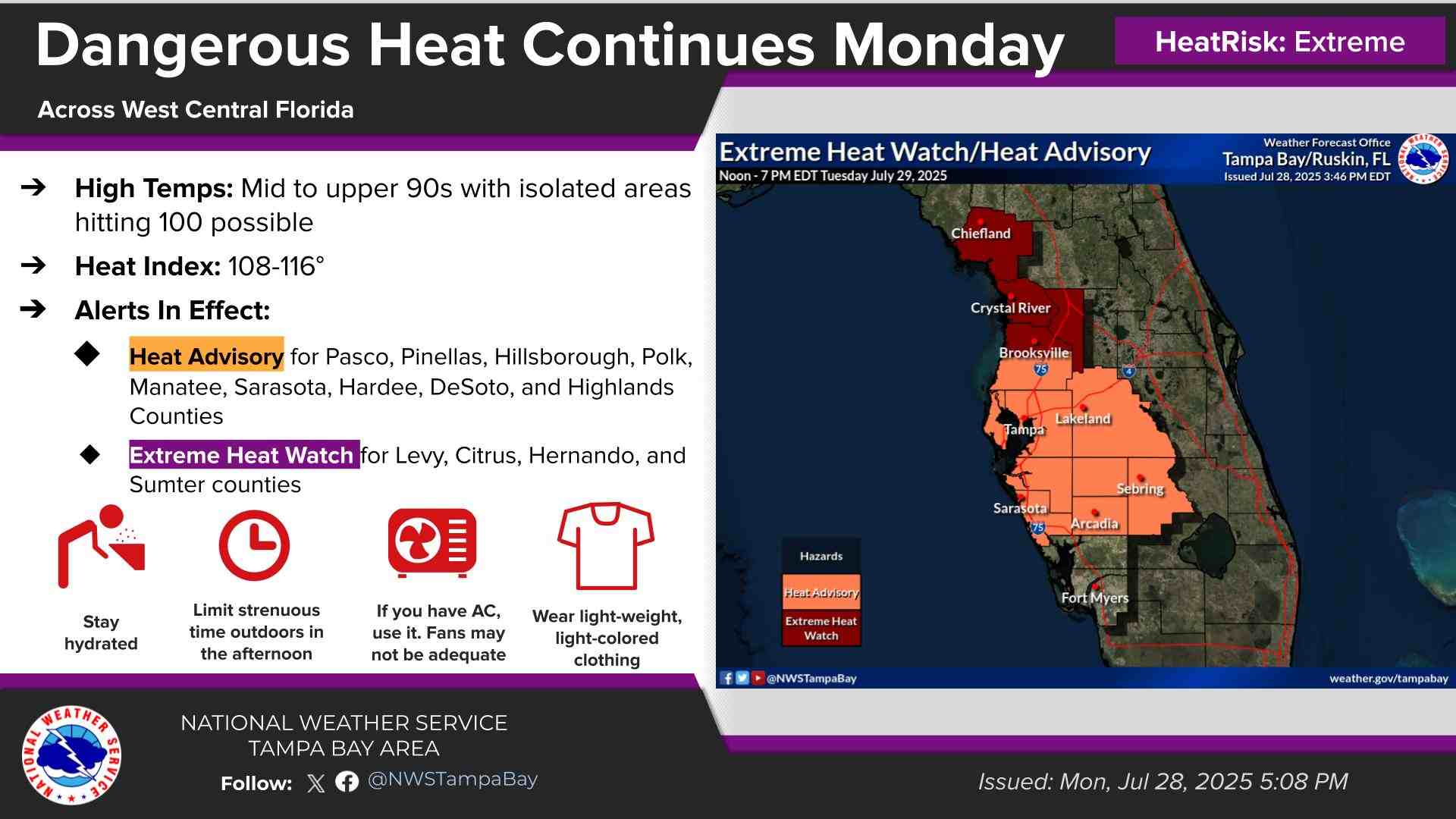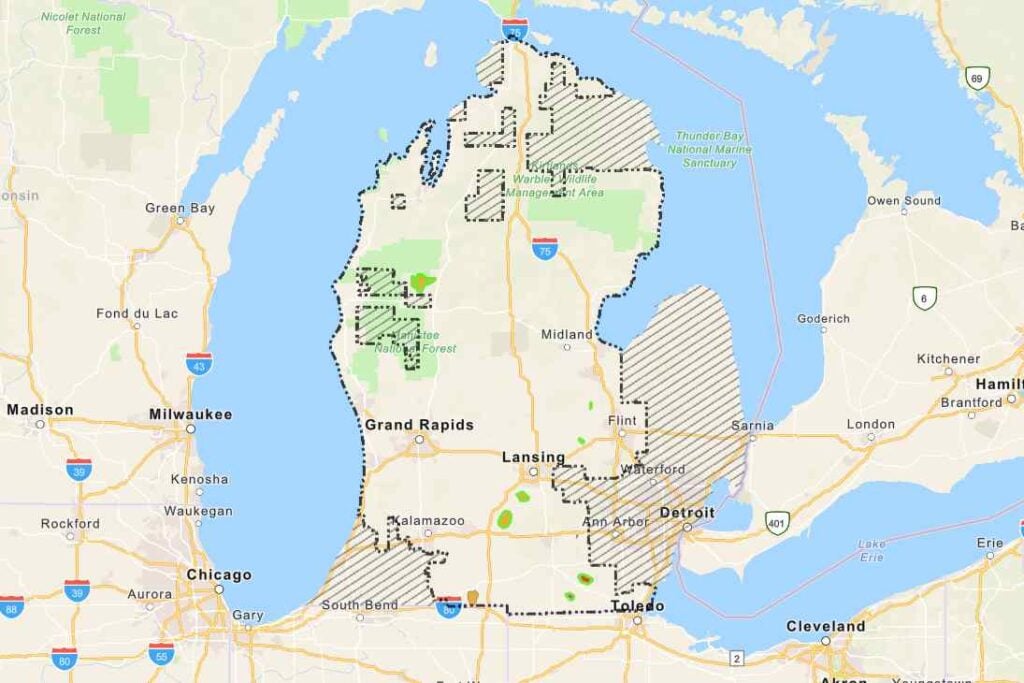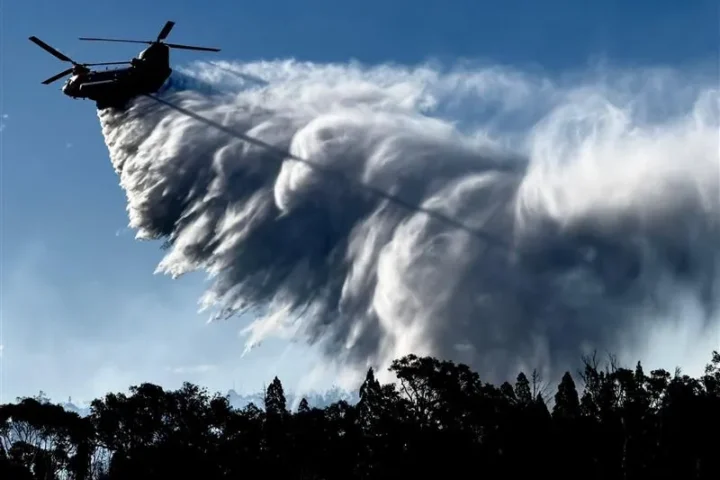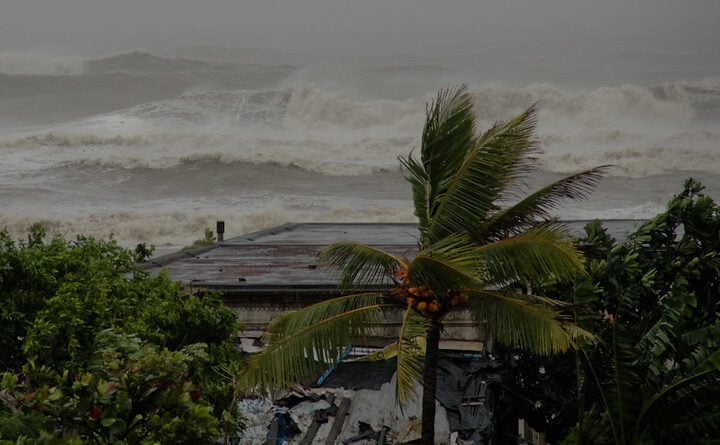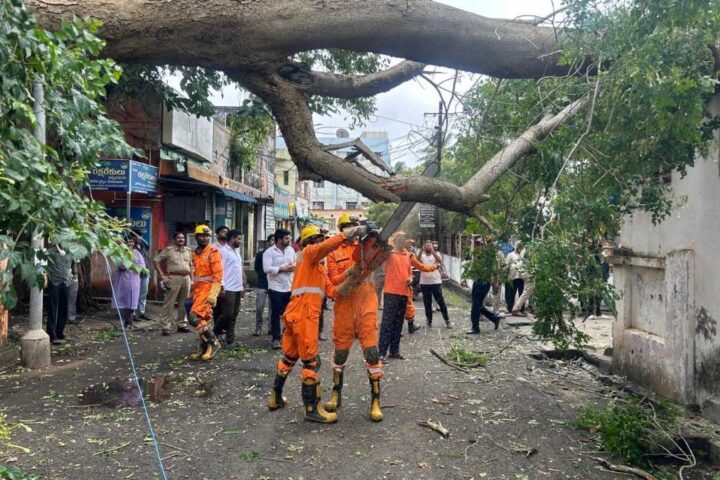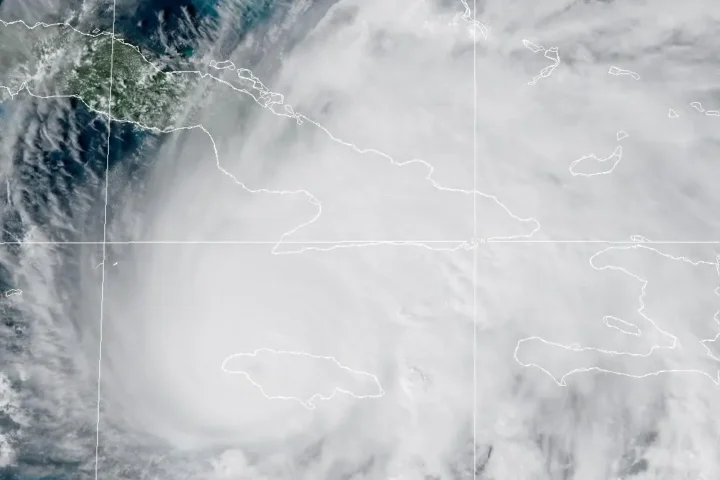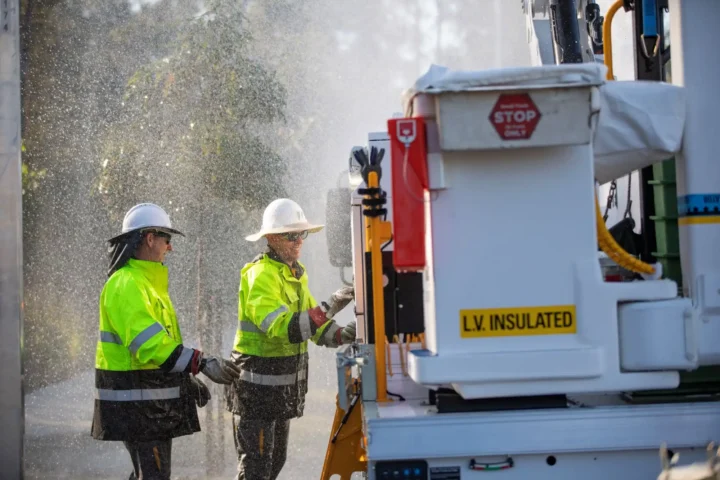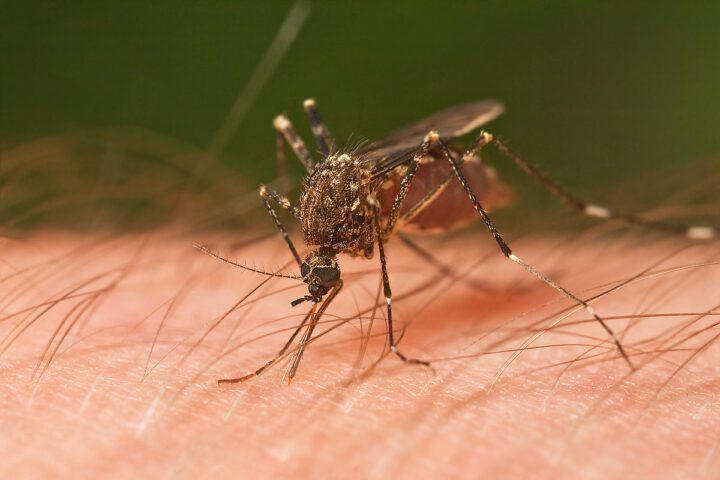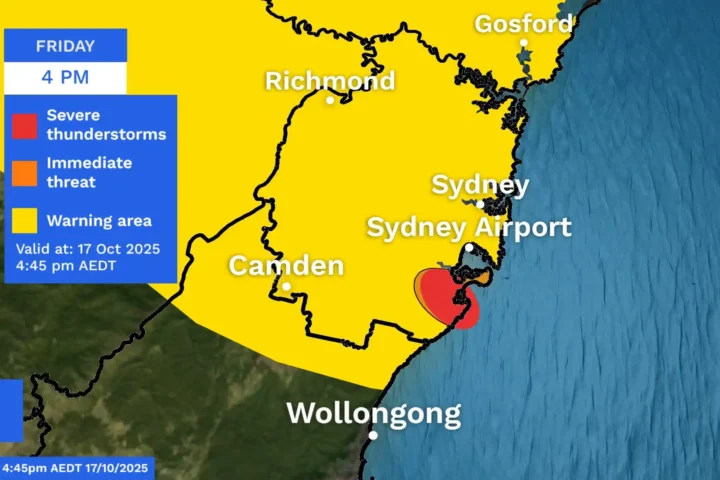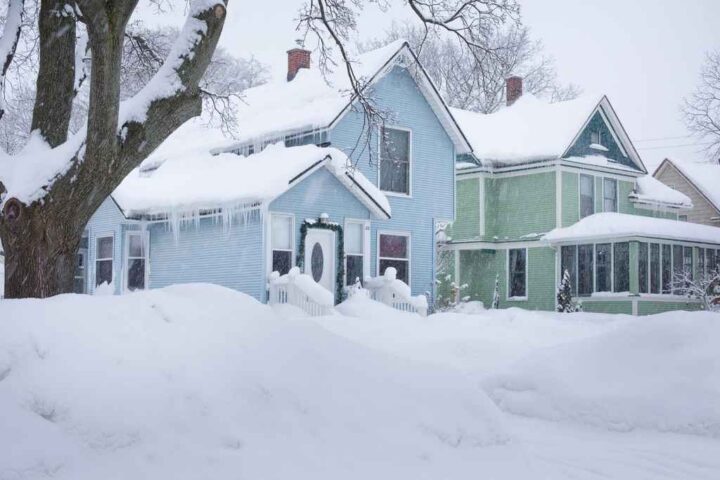A massive heat dome has settled over the eastern United States, bringing dangerous temperatures to nearly half the country. Heat advisories and warnings stretch from South Dakota to the Atlantic seaboard, with roughly 200 million Americans sweltering under potentially dangerous conditions. Meanwhile, 24 million people face extreme heat warnings as the mercury soars into triple digits across multiple states.
In Tampa, thermometers hit 100 °F for the first time since 1890—a 135‑year record. Jacksonville and Charlotte also reached or tied daily temperature records as the heat wave intensified. Heat index values (how hot it actually feels) climbed to dangerous levels between 110–115 °F in cities including Des Moines, St. Louis, Memphis, and Raleigh.
Cold Front Relief Coming
Forecasters predict welcome relief by the weekend as a cold front pushes through the region. Most of the eastern U.S. will see temperatures drop 5–20 degrees below normal averages, bringing an end to the punishing heat spell that has strained power grids and threatened vulnerable populations.
National Weather Service meteorologists expect the front to reach the Northeast by Saturday morning, though southern states may continue to experience above‑average temperatures into early next week.
Grid Operators Deploy Emergency Measures
As air conditioners run constantly across the affected region, power companies have activated demand‑response protocols and other mitigation steps to manage peak loads. Utilities have boosted automated demand‑response measures and are coordinating regionally to balance electricity supply.
Workplace Heat Deaths Highlight Dangers
The heat wave has brought renewed attention to occupational safety concerns. EPA data shows an average of 34 heat‑related worker deaths annually between 1992–2022, with 334 fatalities in the construction sector alone. Outdoor laborers face particular risk during extreme temperature events.
OSHA has issued guidance for employers, recommending additional break periods, shade structures, and hydration stations for outdoor workers during heat alerts.
Municipal Responses Across States
Cities throughout the affected region have activated emergency heat protocols. Boston declared a heat emergency earlier this month, opening cooling centers at community facilities and conducting welfare checks on senior residents. Similarly, Connecticut Governor Ned Lamont activated statewide cooling centers as Hartford approached record temperatures.
The National Council for Healthy Housing advises that residents without home air conditioning can call 2‑1‑1 or visit state portals to locate nearby cooling centers. This resource is particularly crucial for low‑income communities where home cooling may be unavailable.
Beyond Heat: Air Quality Concerns
The heat dome has worsened air quality across much of the region. NWS Air Quality Forecast Guidance shows elevated ground‑level ozone formation, a common occurrence during heat waves as sunlight and heat interact with pollutants. Canadian wildfire smoke has further degraded air quality across the Northeast.
EPA monitoring stations report that in some urban areas, ozone levels have reached the “Unhealthy for Sensitive Groups” category, posing additional risks for people with respiratory conditions.
Infrastructure Under Stress
The prolonged heat is testing infrastructure beyond the power grid. Heat can accelerate pavement wear and track expansion, prompting some transportation agencies to issue speed advisories. Water systems are also under pressure as consumption spikes, and a few municipalities have issued conservation advisories to help manage supply.
Health Guidance During Extreme Heat
The CDC recommends staying in air‑conditioned spaces whenever possible, drinking water regularly even before feeling thirsty, and avoiding outdoor activities during midday hours when temperatures peak.
Heat‑related illnesses claim over 1,300 lives annually in the U.S., according to EPA data. Children, older adults, outdoor workers, and people with certain medical conditions face elevated risk during extreme heat events.
Warning signs of heat illness include dizziness, nausea, headache, rapid heartbeat, and confusion. Anyone experiencing these symptoms should move to a cool location, sip water, and seek medical attention if symptoms persist.
Previous Climate Patterns
This current heat wave follows another significant hot spell in late June that affected over 100 million people across 726 counties, suggesting a pattern of increasingly frequent early‑season extreme heat events.
NOAA’s Climate Prediction Center outlook indicates elevated odds of above‑normal temperatures continuing in the eastern U.S. over the coming months, placing the current event within a broader warming trend.
The public can stay informed about heat risks through the NWS HeatRisk tool, which uses color codes to guide decisions about outdoor activities based on local conditions.
Where to Find Help
Those seeking relief can:
- Call 2‑1‑1 to locate nearby cooling centers
- Visit local libraries, malls, or community centers during daytime hours
- Check on elderly neighbors and those without air conditioning
- Follow local emergency management social media accounts for updates
As temperatures gradually moderate by the weekend, officials urge continued vigilance, particularly in southern regions where relief may come more slowly.
